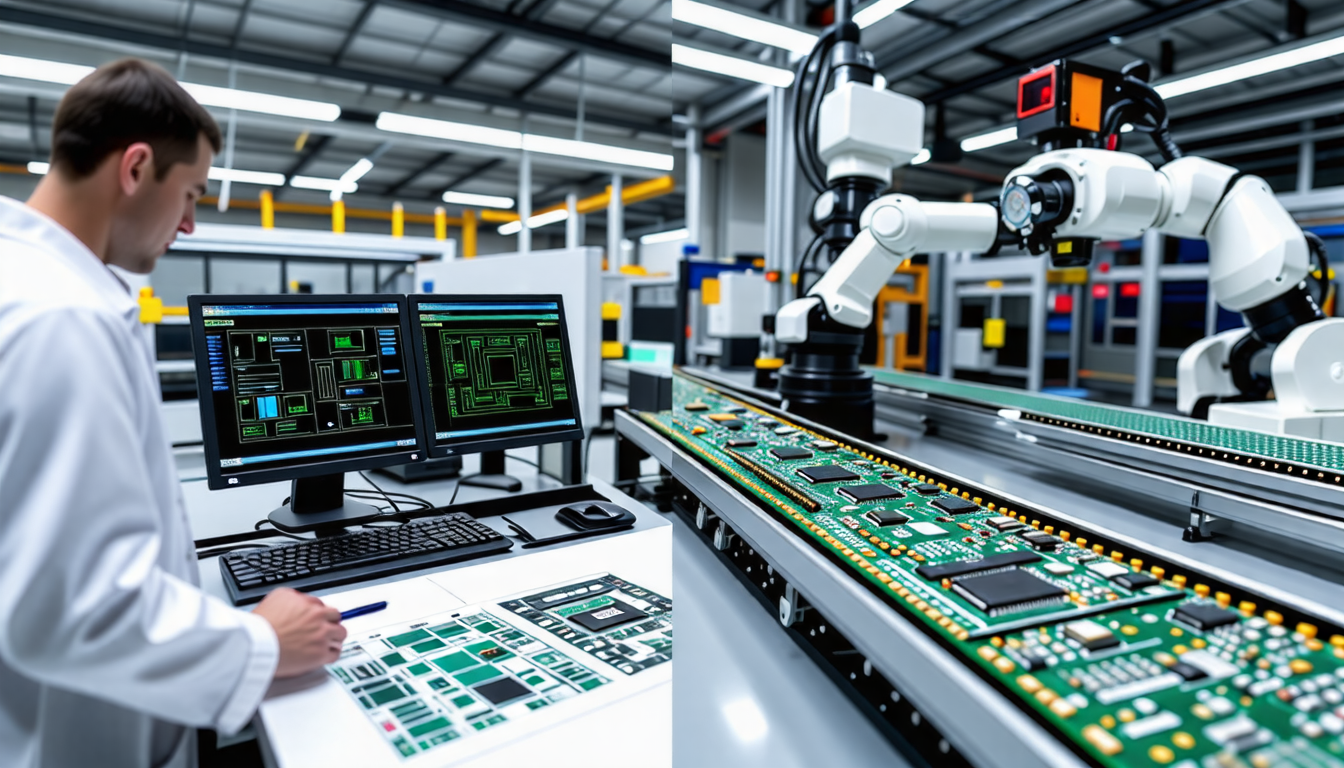|
IN BRIEF
|
The manufacturing landscape is rapidly evolving, driven by the urgent need to prioritize sustainability in our production processes. As we strive to create a better future for generations to come, key considerations in sustainable manufacturing emerge as guiding principles. These considerations encompass everything from resource conservation and waste reduction to enhancing employee well-being. Businesses today are challenged not only to boost profitability but also to mitigate their environmental impact. By weaving sustainability into the very fabric of manufacturing, companies can unlock innovative solutions that promote economic growth while safeguarding our planet. Embracing this dynamic shift opens a gateway to a more responsible and efficient manufacturing paradigm, essential in navigating the complexities of modern industry.
Embracing sustainable manufacturing practices entails understanding and integrating several essential elements into production strategies. Every consideration plays a crucial role in shaping how industries can minimize their environmental footprint while enhancing profitability and community welfare.
Effective Inventory Management
Efficient inventory management plays a vital role in sustainable manufacturing by reducing waste and optimizing supply chains. Implementing just-in-time inventory systems helps prevent overproduction and lowers warehousing costs while ensuring that materials are used effectively. To delve deeper into optimizing inventory management processes, check out Effective Inventory Management in Appliance Manufacturing.
Optimizing Energy Consumption
Energy consumption optimization remains a pivotal focus for manufacturers. By upgrading to energy-efficient machinery and implementing renewable energy sources, companies can significantly lower their carbon emissions. For instance, transitioning to solar panels or wind energy not only reduces reliance on fossil fuels but enhances a company’s reputation as a responsible player in the market. It is also beneficial to deploy smart energy management systems that can analyze consumption patterns and offer insights into further reductions.
In the ever-evolving landscape of manufacturing, sustainability is no longer just an option but a necessity. The focus on resource efficiency is paramount, as it forms the bedrock of reducing both operational costs and environmental impact. Recent studies indicate that over 30% of plastic packaging remains unrecycled, highlighting a significant opportunity to enhance recycling practices within manufacturing processes.
Furthermore, the elimination of waste should be central to any sustainable manufacturing strategy. Implementing effective waste management systems not only conserves materials but also increases profitability. According to research, companies that adopt sustainable practices can enhance their economic viability by up to 20% due to reduced material costs and improved energy efficiency.
Additionally, prioritizing employee well-being and safety is a critical aspect that can often be overlooked. A safe and supportive work environment fosters higher productivity and innovation, essential for sustainable practices. Moreover, designing products with sustainability in mind—considering their full lifecycle from production to disposal—ensures minimal environmental impact.
These considerations pave the way for a more responsible and efficient manufacturing sector that aligns with the growing demand for environmentally conscious products.
In the pursuit of sustainable manufacturing, several fundamental considerations emerge as critical to success. First and foremost, it is essential to optimize resource use, ensuring that energy, water, and raw materials are utilized efficiently to minimize waste. Eliminating unnecessary waste not only reduces overall production costs but also contributes significantly to environmental conservation. Prioritizing employee well-being and safety fosters a healthy workplace and enhances productivity. Integrating advanced technologies can streamline processes and enhance sustainability efforts. Ultimately, by designing products with longevity, recyclability, and eco-friendliness in mind, manufacturers can create value while actively contributing to a more sustainable future. Achieving these objectives not only enhances profitability but also positions companies as responsible stewards of the planet.
FAQ
What is sustainable manufacturing?
R: Sustainable manufacturing refers to the production processes that utilize resources efficiently while minimizing negative environmental impacts. It emphasizes creating products that are economically viable without compromising ecological health.
Why is reducing waste important in sustainable manufacturing?
R: Reducing waste is crucial because it conserves natural resources and decreases pollution. By eliminating waste, companies can enhance their operational efficiency and reduce costs, while simultaneously protecting the environment.
How can manufacturers optimize their use of resources?
R: Manufacturers can optimize resource use by implementing strategies such as recycling materials, using energy-efficient technologies, and continuously assessing their processes to identify areas for improvement.
What role does employee well-being play in sustainable manufacturing?
R: Prioritizing employee well-being is essential for sustainable manufacturing because a healthy and safe work environment leads to increased productivity, reduced turnover, and a more committed workforce, ultimately benefiting the company’s sustainability efforts.
What are the key elements to consider for sustainable product design?
R: Key elements include ensuring durability, recyclability, repairability, and thoughtful end-of-life disposal. Designing products with these aspects in mind can significantly reduce their ecological footprint and promote sustainability.
